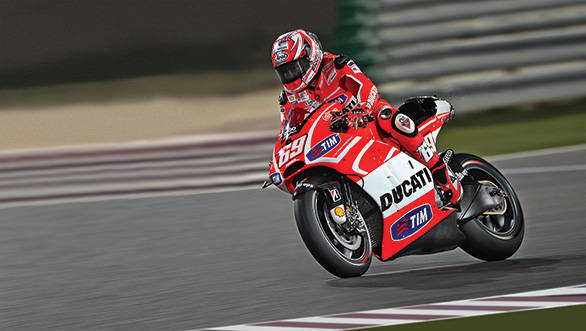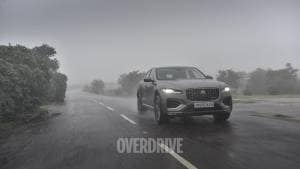Better Riding: How to use the brakes effectively
It is natural to be scared of power. And when it comes to acceleration, the most powerful part of any motorcycle (actually any vehicle) is never the engine, and always the brakes. Which is why people are scared of their brakes and most will go through their driving or riding careers without ever learning how to use them to the fullest. Here are seven things you need to know to make your brakes work as hard as they can for you.
1. Braking needs skill
When you brake on a bike, weight transfers forward and on most motorcycles, that calls upon the rider to manage the apportioning of brake force between the front and rear tyres for maximum effect. This implies that a rider must learn the sensation of the weight transferring and be able to understand and then wield the relationship between the weight transfer (and its manifestation, the dipping of the front fork) and the availability of traction and in turn, the amount of brake force you can actually use.
2. Braking needs practice
To get the apportioning done, the only sure shot way is to practice. As we've said before, it is a good idea to locate a deserted stretch on your commute where you can safely practice a full-on emergency stop. Think of it as insurance. You put yourself at the relatively minor risk of having a small off every day (always possible if you overcook the brakes) while shoring up skill that'll really save your bacon one fateful day.

3. Braking needs grip
No we aren't talking about tyres just yet. Because braking produces such powerful forces (deceleration at 1g or higher is possible!), it is important to learn how to hold on to bike. If you don't, your body's movements as the brake forces take hold will upset the smoothness of the weight transfer. Which will result in either physical pain from squashed stuff or worse, a wheel lock up and a crash.
4. Locked wheels are bad news
Of course they are. You can control a rolling wheel but controlling a locked wheel is very hard to do. A locked front wheel is the absolute worst situation possible. However, a locked wheel because you're not downshifting right as you prepare to enter a corner is also bad news because it destabilises the bike and you will end up having to give the bike time to find its equilibrium before you can start turning it.
5. Braking isn't always the solution
When you're approaching a hazard, your natural reaction may be to hit the brakes hard but it may not be the only solution. On a motorcycle, you can change only two things - speed and direction. Sometimes a change of direction is a far better idea. It's the only idea when you're sure you cannot stop in time.
6. Braking isn't a solution at all
If you're approaching a pothole, your natural reaction is to brake. But unfortunately, this isn't always a great idea. What you do not want to do is arrive into the pothole while still on brakes leaving the wheels and tyres with no suspension travel left to absorb the impact. Cue bent wheels and damaged tyres. Finish your braking before your wheel hits the pothole and ideally, try to cross it with the throttle open.
7. Braking with ABS requires no skill
That's right. If you have ABS the hardest, fastest stops require you to do nothing more than get the bike vertical and then grab the brakes as hard as you can. The electronics will sort out the rest. Without ABS, this is the worst way to stop in an emergency. With ABS, there's no way that produces better results.












